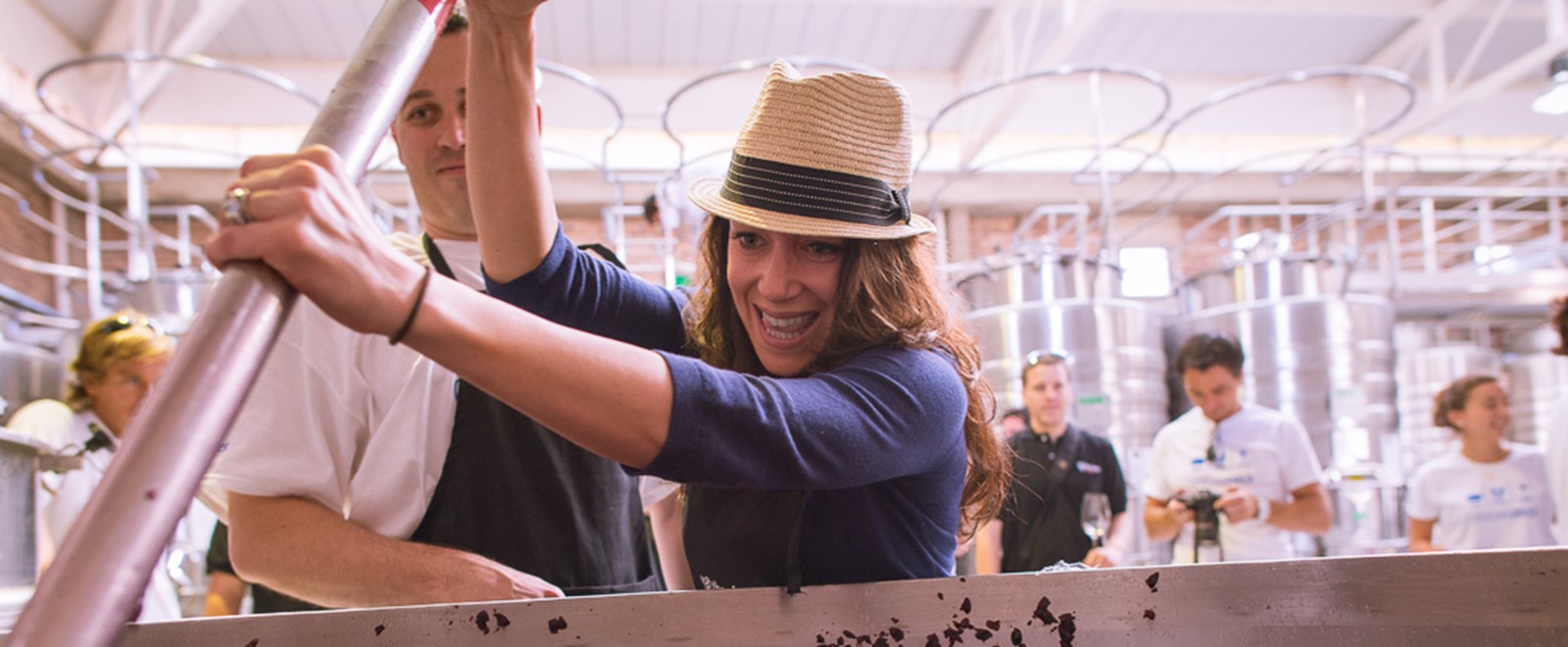 Saludos from Mendoza!
Saludos from Mendoza!Here at The Vines of Mendoza, we are slowly entering low season and fall, although with beautiful warm sunny days it has not felt like fall at all. Activities are winding down in the vineyard, preparing the vines for the winter season.
We are very excited to see how the wine from our fist harvest is evolving. Michael, Pablo and Santiago are trying it weekly to check its development. So far we are very pleased with the results.
Weather
April in Mendoza was extremely warm - it did not feel like fall at all. Average temperatures were the highest in the last decade with average values ranging from 55º F / 12º C (minimum) to 80º F / 26º C (maximum). Now in May we are experiencing colder temperatures but expect some mild days interspersed.
Vineyard Development
We have had very warms and sunny days, but the nights are now longer and colder. In this wide thermal amplitude weather, the plant is stimulated to preserve is nutrients in the root system and trunk in preparation for the dormancy period in the winter.
• Pest control
As we mentioned in our previous update, all pests are under control and further applications of fungicides have not been necessary. Also, there were no precipitations during the month of April therefore there is no risk of fungus diseases of any kind. • Floor management
The management of the floor during the months of fall will not vary much to management techniques we have carried out during spring or summer seasons. We will remove weeds and stones, apply herbicide, and check that all grow tubes are in good condition.
 2009 HARVEST
2009 HARVESTAs you may know, in March we had the first harvest in our finca for those vineyards planted in 2007. In total we harvested 23,510 Kg of Malbec, 2,330 Kg of Cabernet Franc, 1150 Kg of Cabernet Sauvignon, 810 Kg of Merlot and 3150 Kg of Syrah. Of these the following were either sold to Catena Zapata or used to make wine at Achaval Ferrer winery under the direct supervision of Santiago.
Winemaking process
Picking was hand-made in 20 kg bins. It was not necessary to correct acidity or add sulfate to the must. We sorted clusters and berries, which were later de-stemmed and crushed, and then put directly into the fermentation tank. We did not bleed off the free run, and we added DAP (Diammonium phosphate) which provides to the nutrients to the yeasts.
